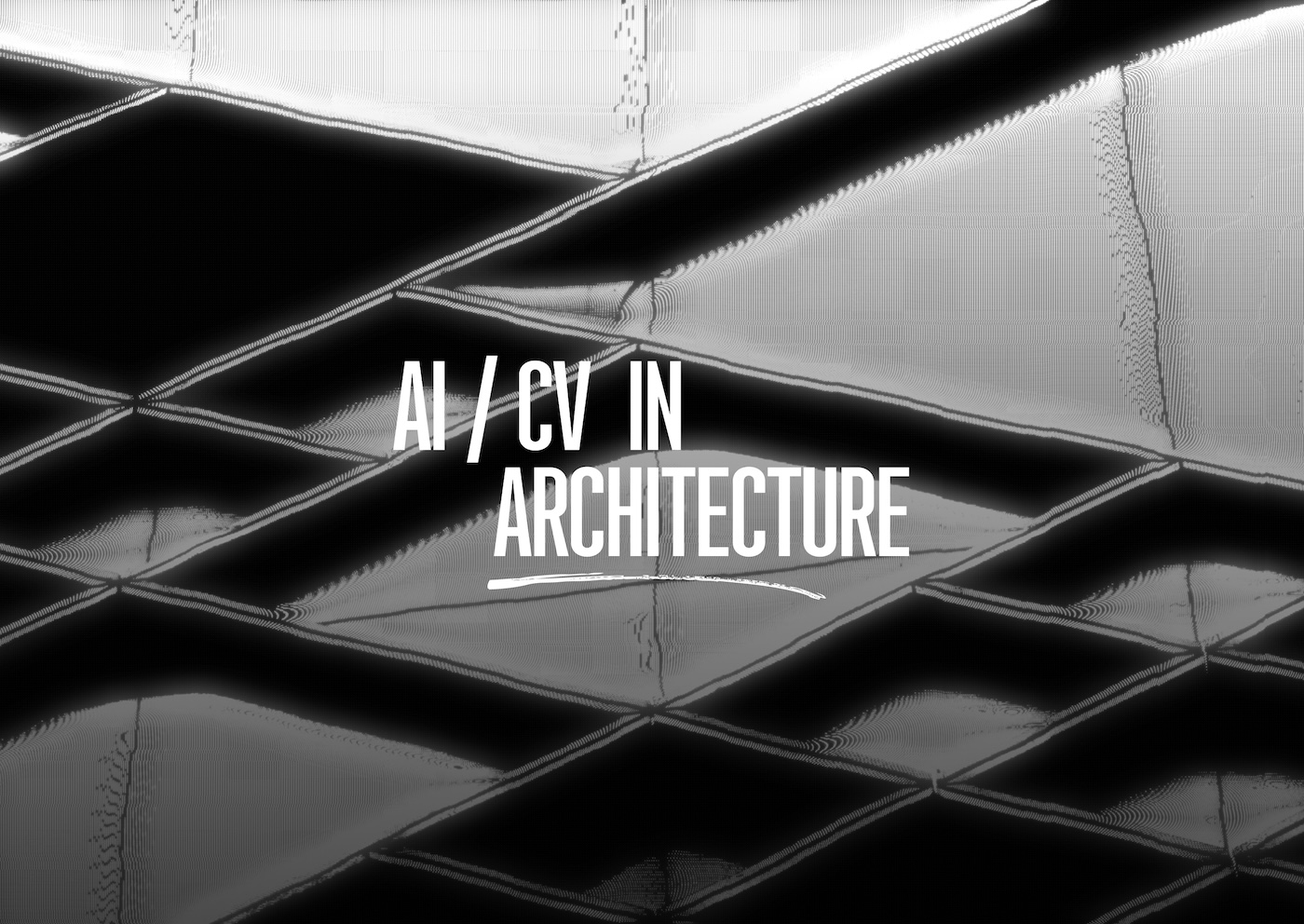
.png)
Another pioneering application of AI in education is the development of intelligent tutoring systems. Squirrel AI, a China-based company, has developed an adaptive learning system that mimics one-on-one tutoring by using AI and computer vision. The system uses data analytics to assess students' strengths and weaknesses, and provides personalized tutoring based on their specific needs.

The platform integrates computer vision to monitor student engagement and attention in real time, providing instant feedback and recommendations. This allows the system to deliver a truly personalized learning experience that mimics the tailored support typical for human tutors but on a larger scale.
In addition to helping educators and students learn, edtech AI and computer vision are transforming content creation. For example, AI-powered platforms like Knewton offer tools that allow educators to automatically generate personalized learning materials based on students' learning styles and preferences. Using AI, Knewton can analyze a student's past performance and customize educational content to suit their needs better. This technology helps create interactive and engaging learning materials such as quizzes, flashcards, and exercises.
Computer vision is making it easier to grade handwritten exams and assignments with high accuracy. Computer vision technology in platforms such as Microsoft's Azure Cognitive Services is used, which includes optical character recognition (OCR) to accurately read and interpret handwritten answers. This technology is particularly useful for scoring large-scale exams where students provide handwritten answers to complex questions such as math equations, essays, or diagrams.

The system can analyze and recognize different handwriting styles and convert the visual data into digital text that can be processed by AI for automatic grading. Computer vision not only speeds up the grading process.
Artificial intelligence and computer vision help you learn effectively not only at the school or university bench, but also on the sports field — for training advanced and Olympic teams. Read about it on our blog!
AI and computer vision have revolutionized assessment processes in education, particularly through automated grading systems. One example is GradeScope, a platform that uses machine learning and computer vision to help educators grade assessments quickly and accurately.
GradeScope's AI-powered system can recognize handwriting, score responses to questions, and automatically grade assignments in a matter of seconds.
GradeScope efficiently handles multiple formats of student submissions, including handwritten assignments, diagrams, and essays, allowing educators to focus on providing personalized feedback where it's needed most.
AI and computer vision are also being integrated into classroom management systems to create a more engaging and productive learning environment. One notable example is ClassIn, a platform that uses AI to analyze student behavior in the classroom. It tracks participation, attention, and even body language through cameras installed in classrooms or virtual sessions, providing teachers with real-time feedback on student engagement.

ClassIn's computer vision capabilities help identify when students are losing focus or struggling with certain concepts, allowing teachers to intervene more effectively. This data-driven approach enables more dynamic classroom management, ensuring that no student is left behind while fostering an environment that encourages active participation.
AI and computer vision are playing a transformative role in making education more accessible for students with special needs. For instance, Israeli company OrCam has developed MyEye, an AI-powered wearable device that uses computer vision to assist visually impaired students. The device can read text aloud, recognize faces, and identify objects, helping students to navigate their learning environments independently.

One of the most powerful uses of AI in education is in the realm of learning analytics. Platforms such as BrightBytes use AI and computer vision to collect and analyze data on student performance, engagement, and overall learning progress. This data is processed in real time, allowing educators and administrators to make data-driven decisions about instructional strategies and resource allocation.

AI-powered analytics platforms provide valuable insights into student behavior and learning patterns, helping to identify at-risk students early and offering targeted interventions. By using AI and computer vision to predict learning outcomes, educational institutions can enhance their programs and ensure that students receive the support they need to succeed.
